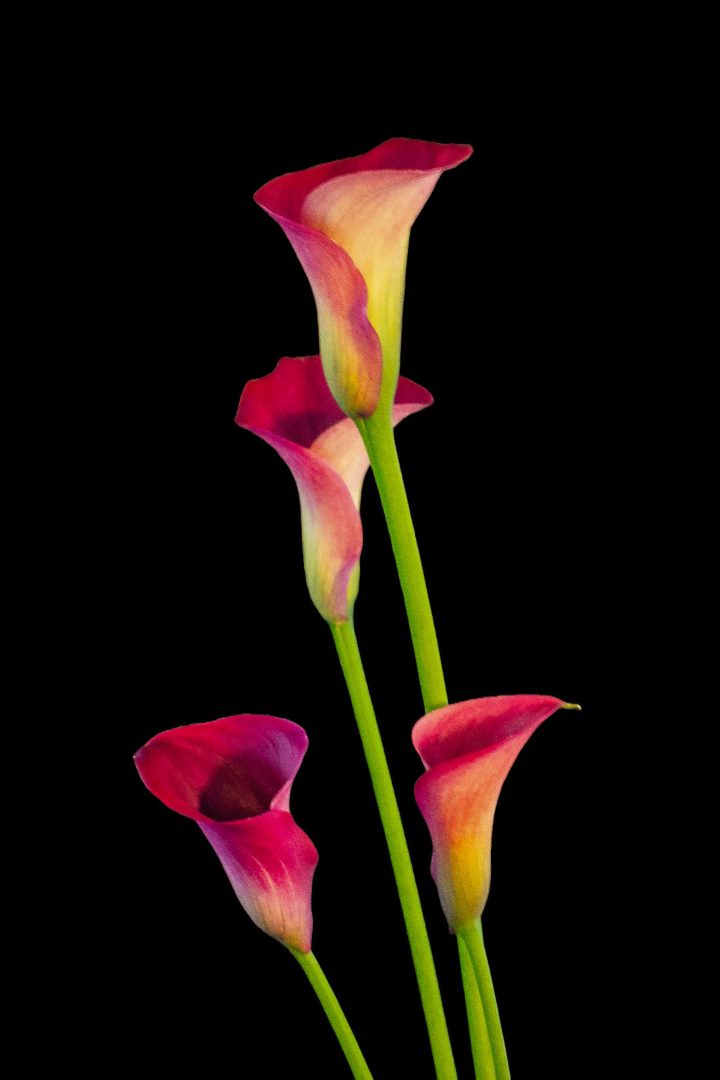Your cart is currently empty!
Calla Frozen Queen: The Ultimate Guide to Care and Cultivation

Calla Frozen Queen, a captivating cultivar of Zantedeschia, enchants with its extraordinary, dramatic appearance. Its large, velvety, pure white spathes resemble calla lilies and emerge gracefully from lance-shaped, dark green leaves. This striking plant is an exquisite addition to both indoor and outdoor spaces, adding an aura of elegance and regal grandeur. In this comprehensive guide, we will delve into the captivating aspects of Calla Frozen Queen, providing essential knowledge on its care requirements, propagation techniques, and more to help you cultivate this captivating plant successfully.
Plant Care and Growing Conditions
Light Requirements
Calla Frozen Queen thrives in bright, indirect light. However, it can tolerate partial shade, especially during the hottest parts of the day. Avoid placing the plant in direct sunlight, as this can scorch the leaves.
Temperature and Humidity
Optimal temperatures for Calla Frozen Queen range from 55-75°F (13-24°C). It prefers high humidity levels, so misting the leaves regularly or placing the pot on a tray filled with pebbles and water can help elevate moisture levels.
Watering
Water Calla Frozen Queen when the top inch of soil feels dry to the touch. Avoid overwatering, as soggy soil can lead to root rot. During the winter months, reduce watering frequency as the plant enters dormancy.
Soil
Calla Frozen Queen prefers well-draining, moisture-retentive soil with a slightly acidic pH level. A mixture of potting soil, peat moss, and perlite is an excellent choice.
Fertilization
Fertilize Calla Frozen Queen every three to four weeks with a balanced liquid fertilizer diluted to half strength. Stop fertilizing during the winter months.
Propagation Techniques
Division
Division is the most common method of propagating Calla Frozen Queen. Carefully dig up the plant in the spring or fall, and divide the rhizomes into smaller sections, each with roots and growth points. Replant the divisions in separate pots or in the garden.
Seed
Calla Frozen Queen can also be propagated from seed. Sow seeds in well-draining starting mix, lightly pressing them into the soil. Keep the seeds warm and moist, and germinations typically occur within 2-3 weeks.
Common Problems and Solutions
Yellowing Leaves
Yellowing leaves can indicate several issues, such as overwatering, underwatering, or nutrient deficiency. Check the soil moisture and adjust the watering schedule accordingly. Fertilize the plant if necessary.
Brown Spots on Leaves
Brown spots or tips on the leaves can be caused by sunburn or low humidity. Move the plant to a more shaded area or increase the humidity levels by misting or using a humidifier.
Spider Mites
Spider mites are tiny pests that can infest Calla Frozen Queen. Look for fine webs or stippling on the leaves. Treat the plant with insecticidal soap or neem oil.
Additional Tips for Success
- Repot Calla Frozen Queen every two to three years or when it becomes rootbound.
- Remove spent flowers to encourage new blooms.
- Calla Frozen Queen is toxic to pets, so keep it out of reach of animals.
Conclusion
Calla Frozen Queen is a captivating plant that brings beauty and elegance to any space. With proper care and attention, it will thrive for many years to come. Whether you choose to grow it indoors or outdoors, this striking plant is sure to become a cherished addition to your collection.








Leave a Reply